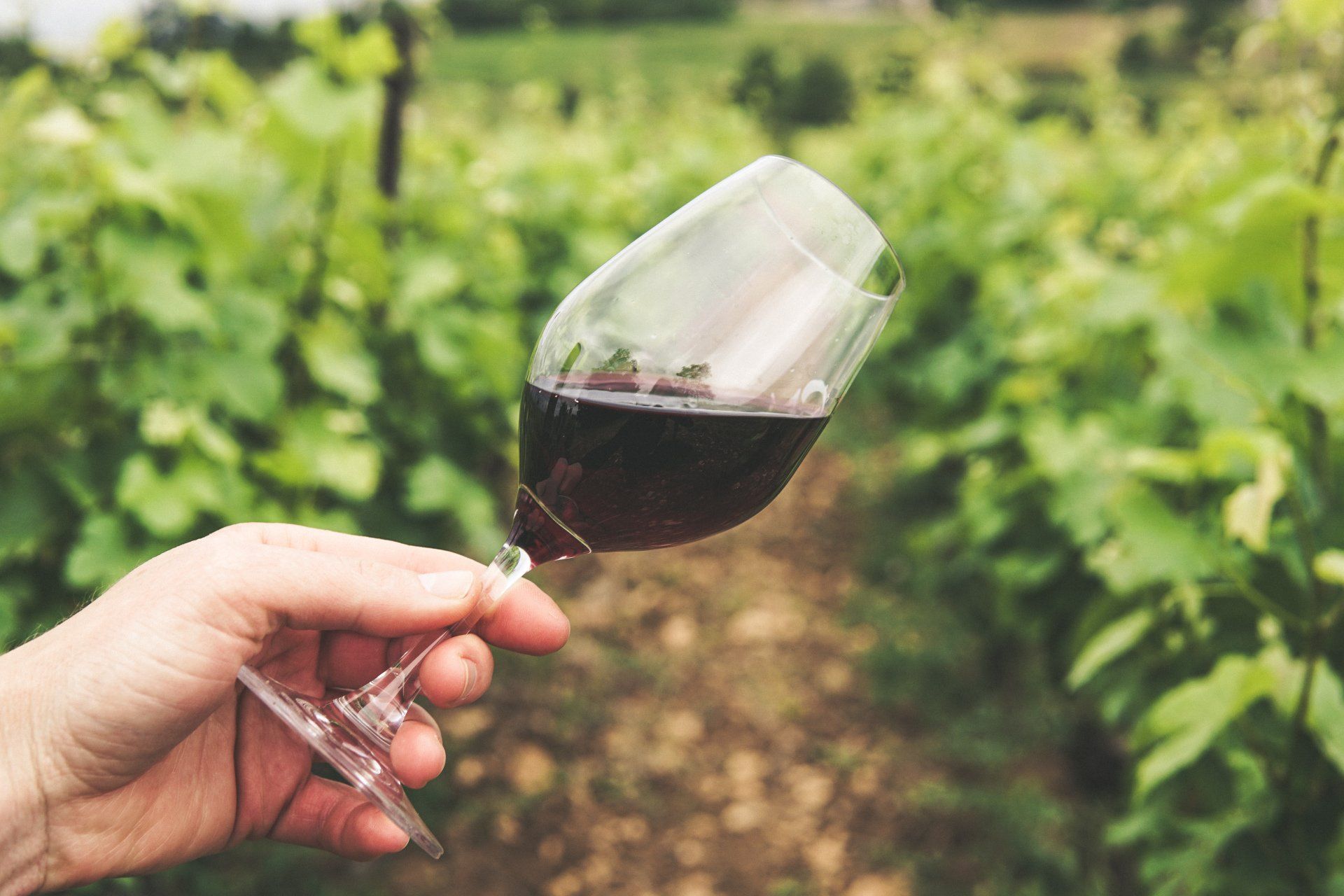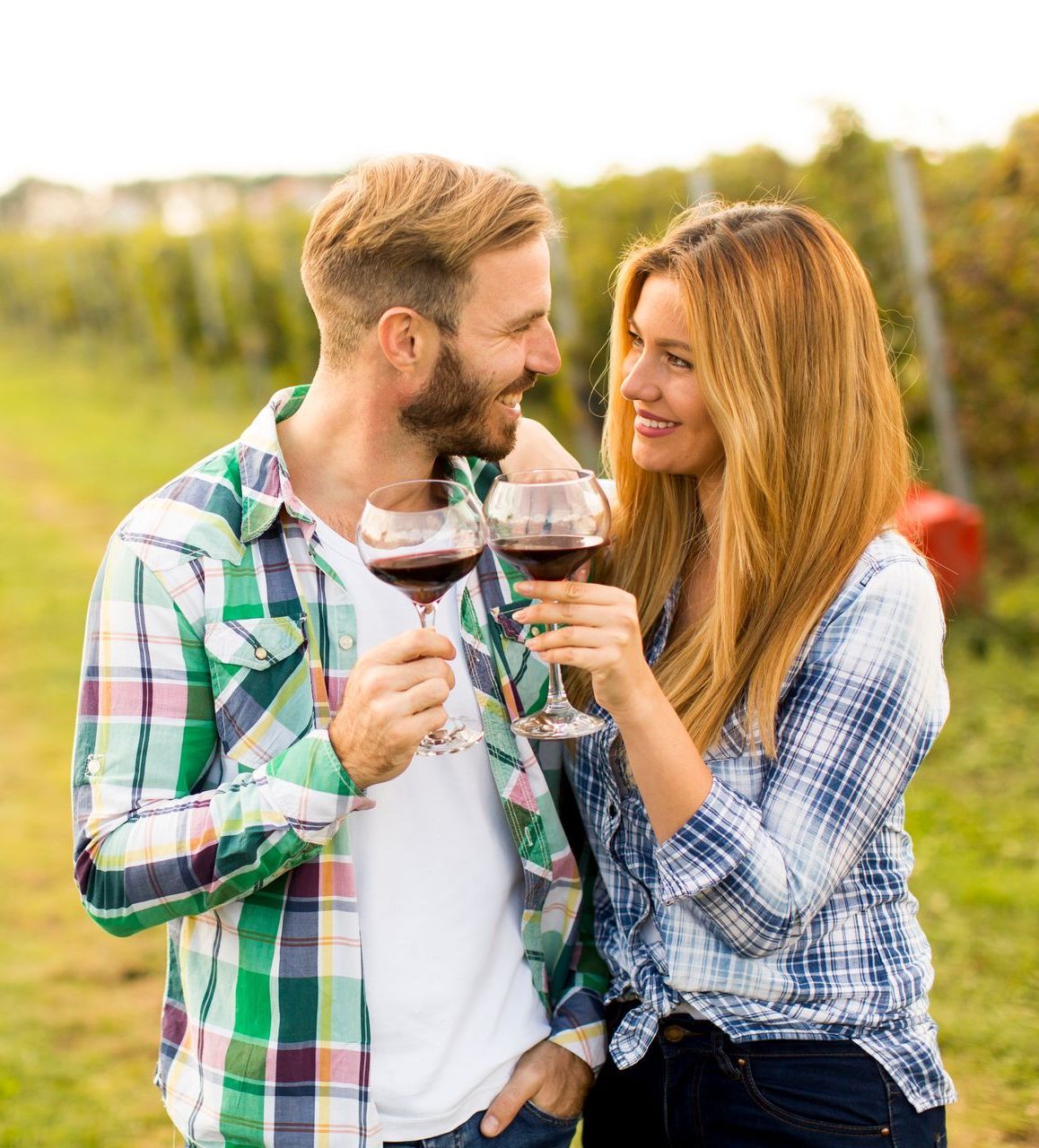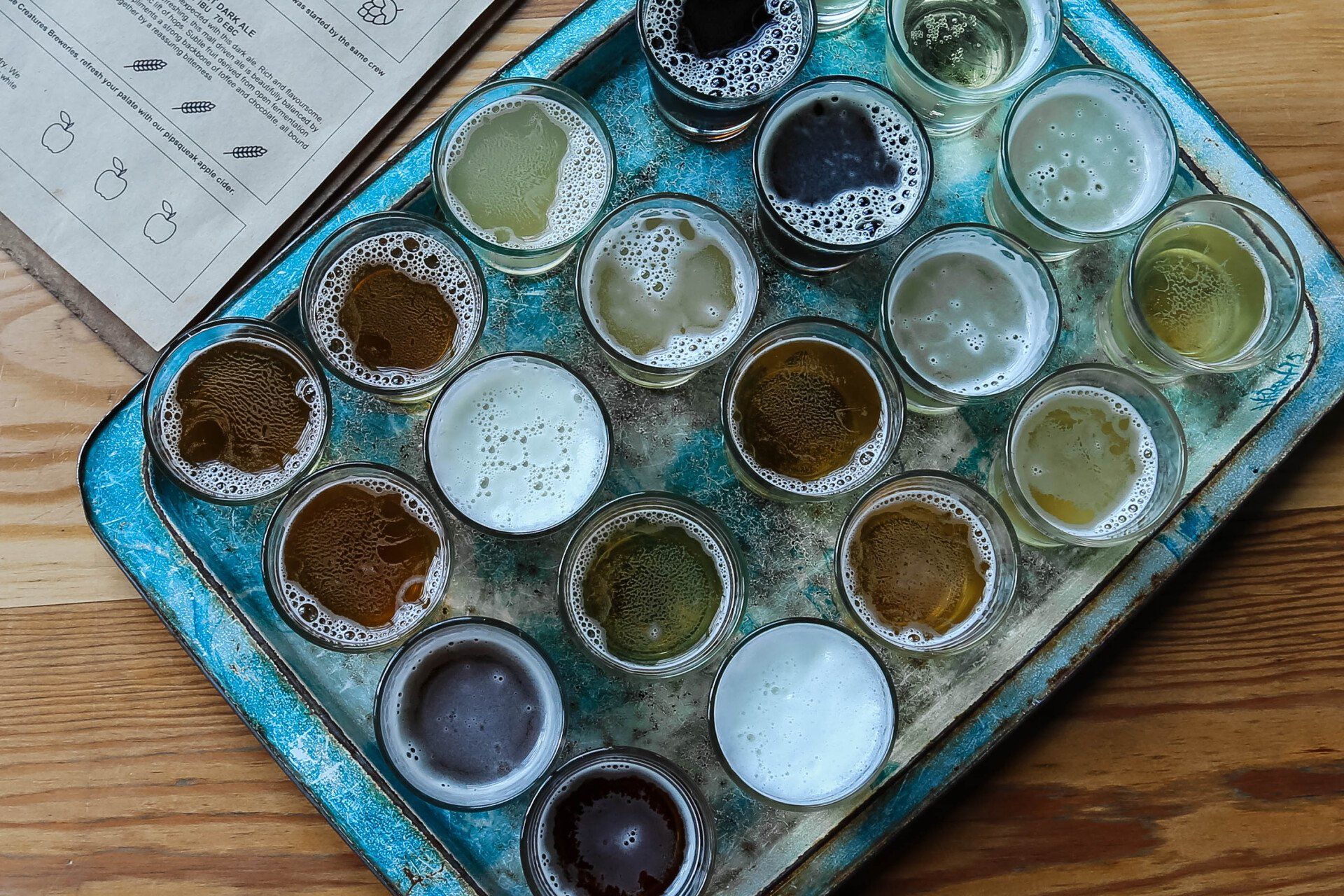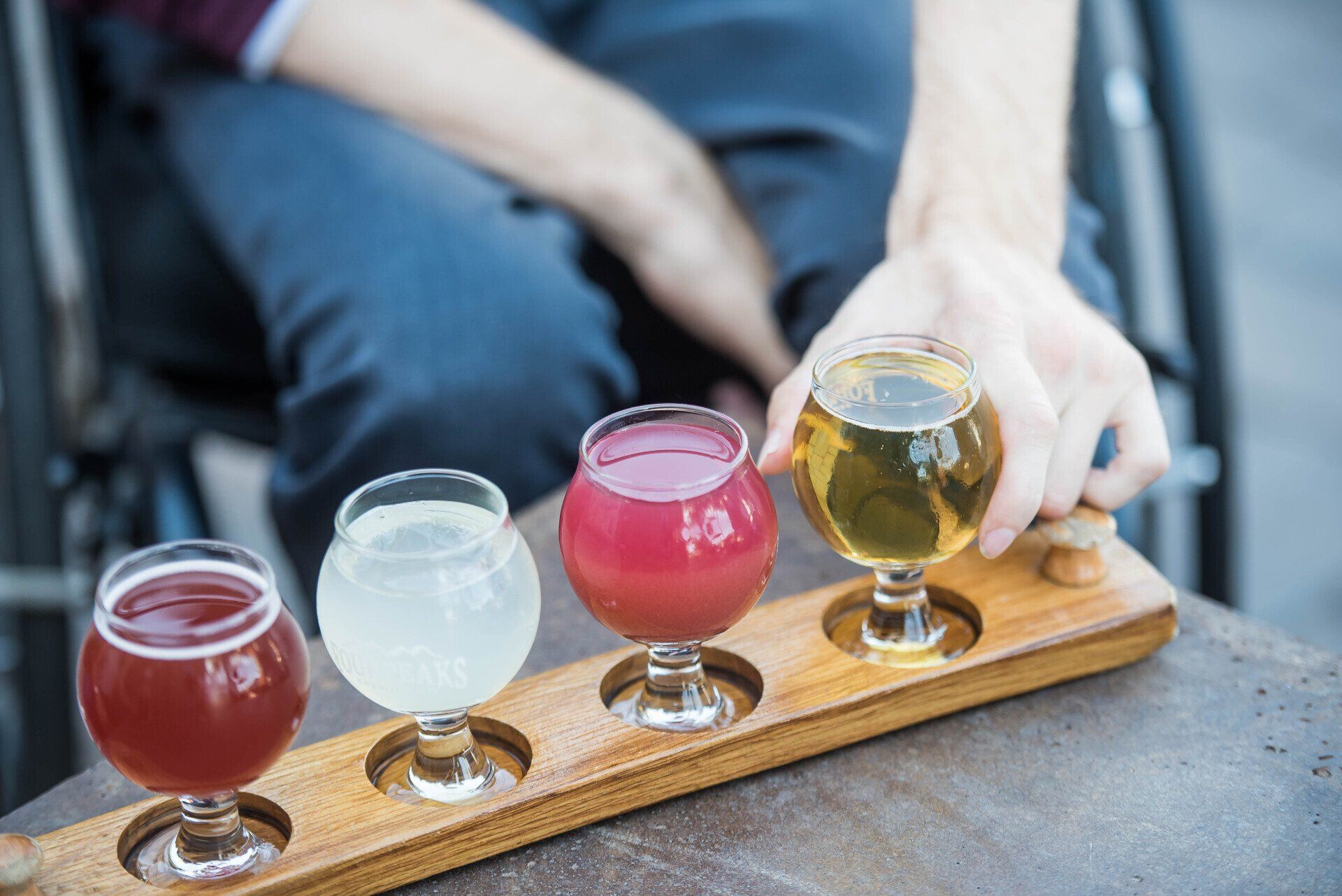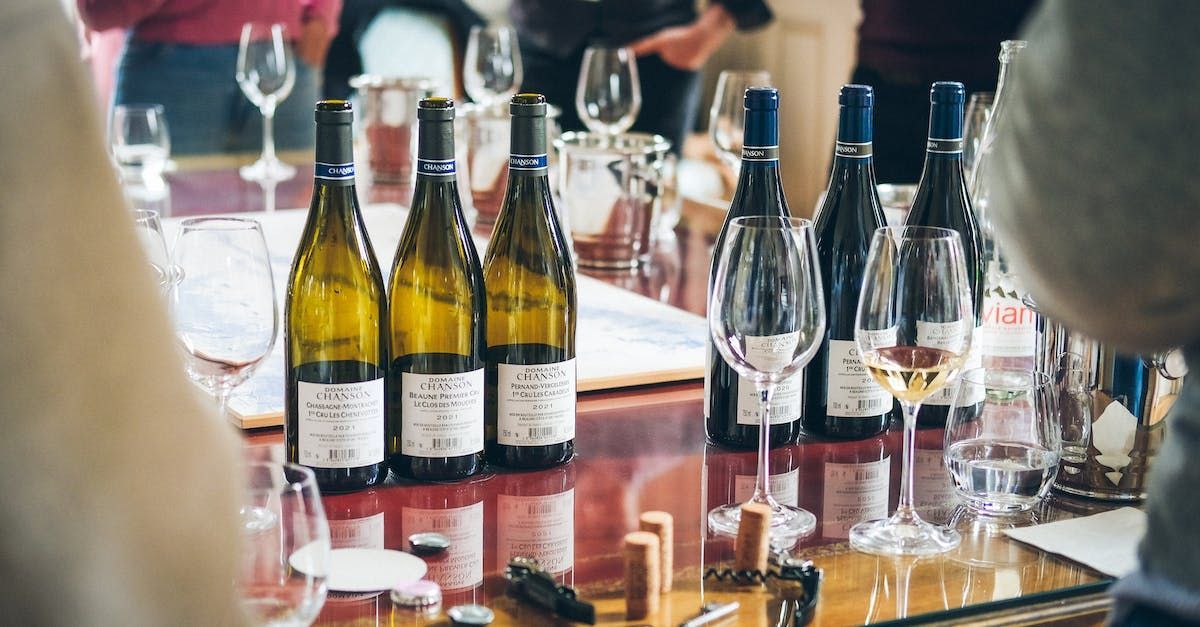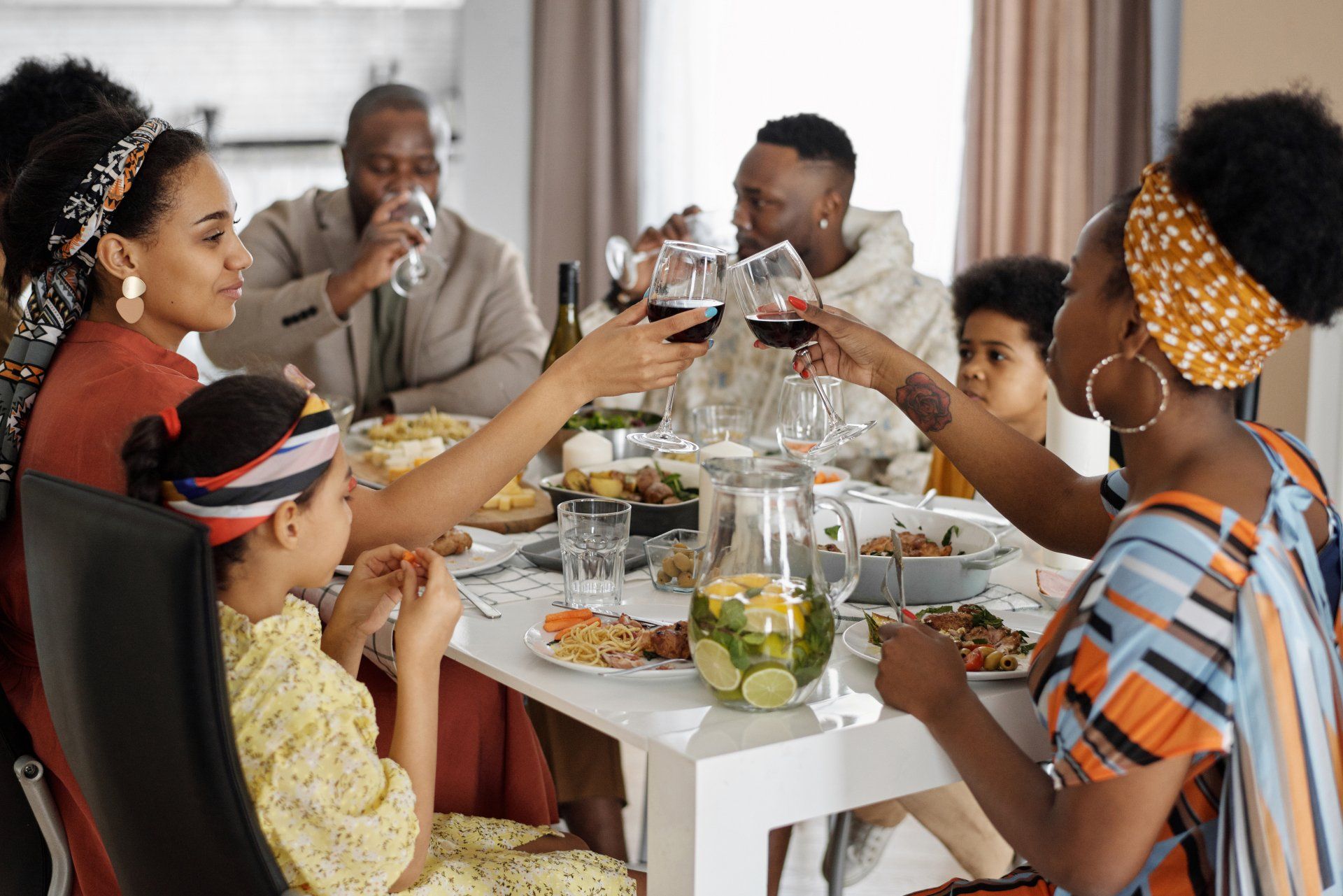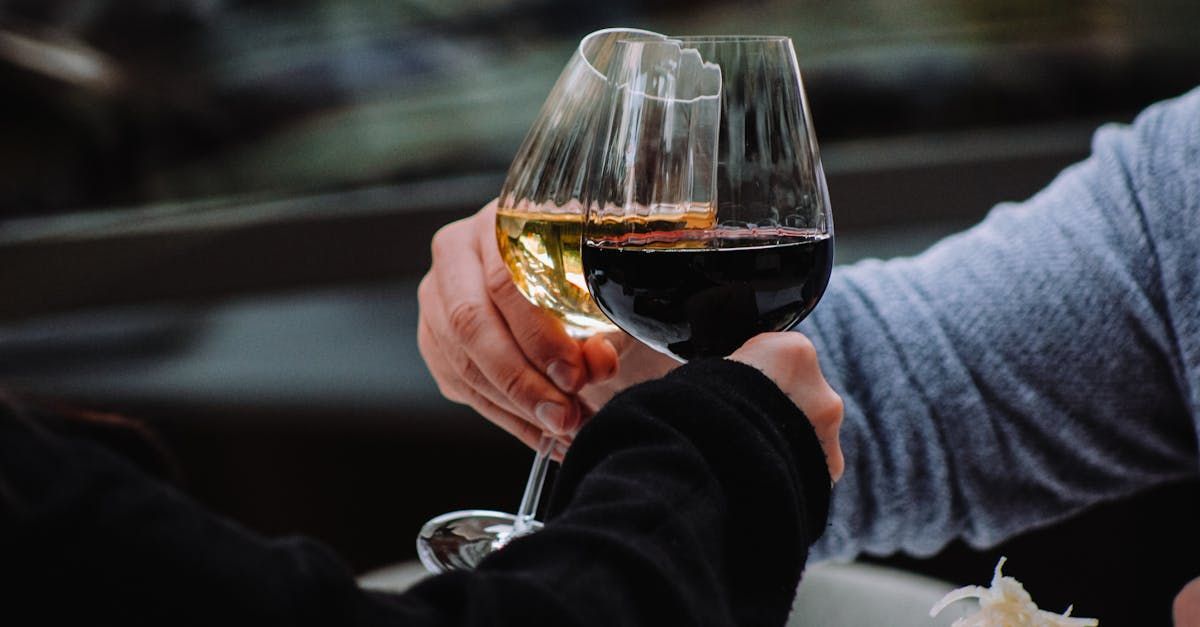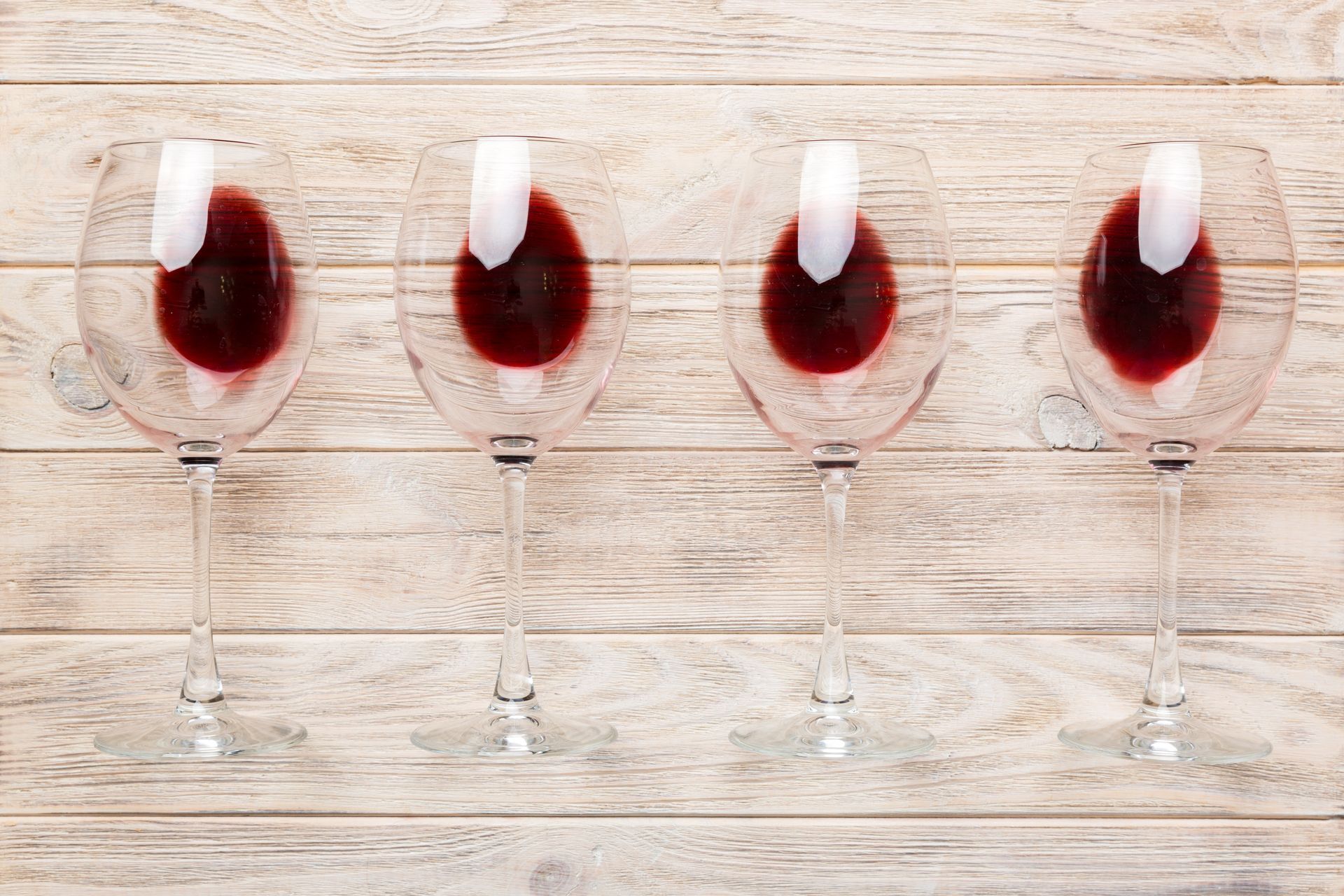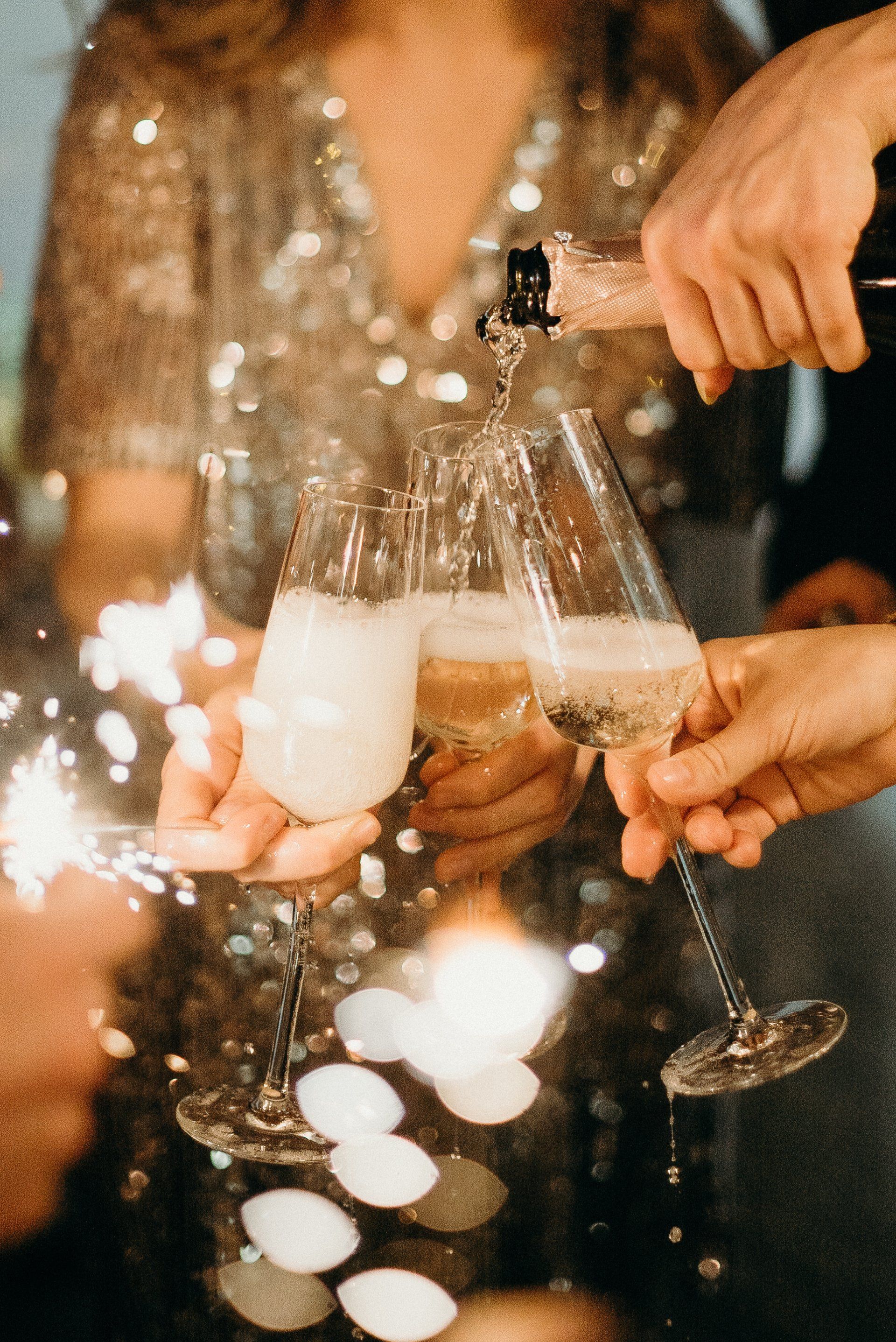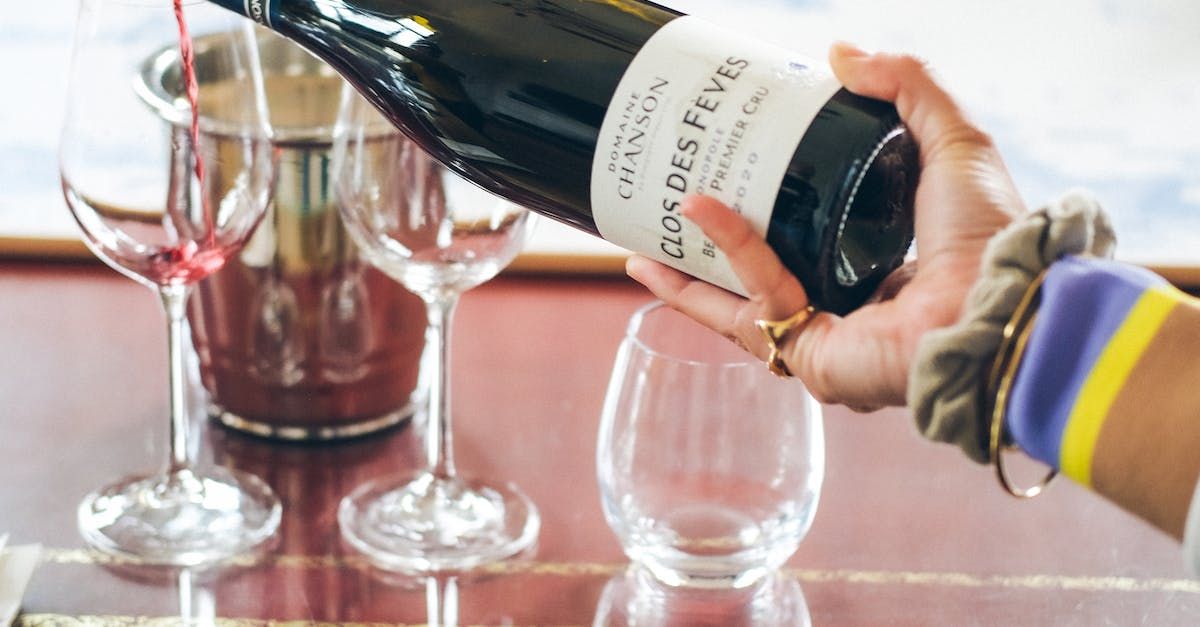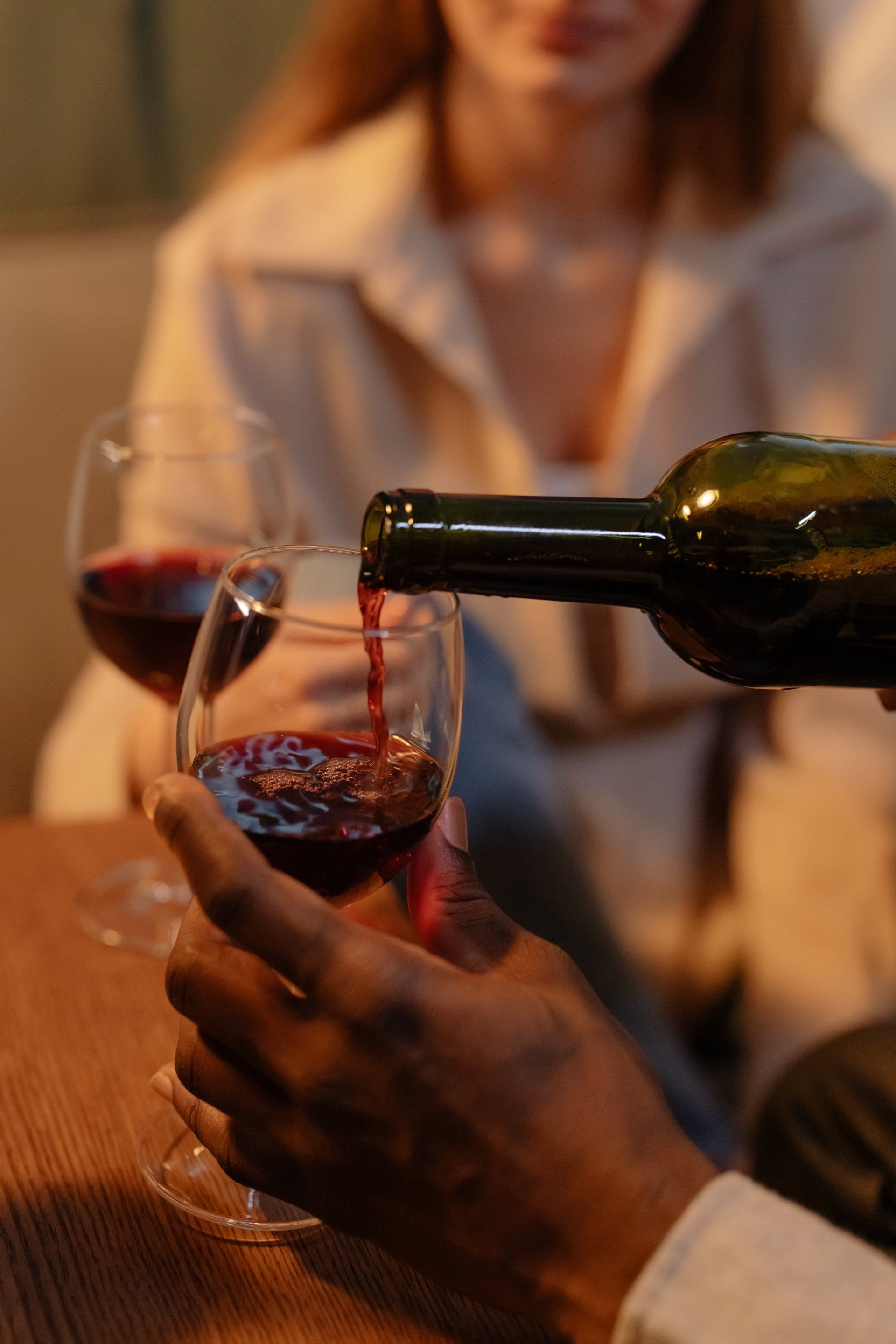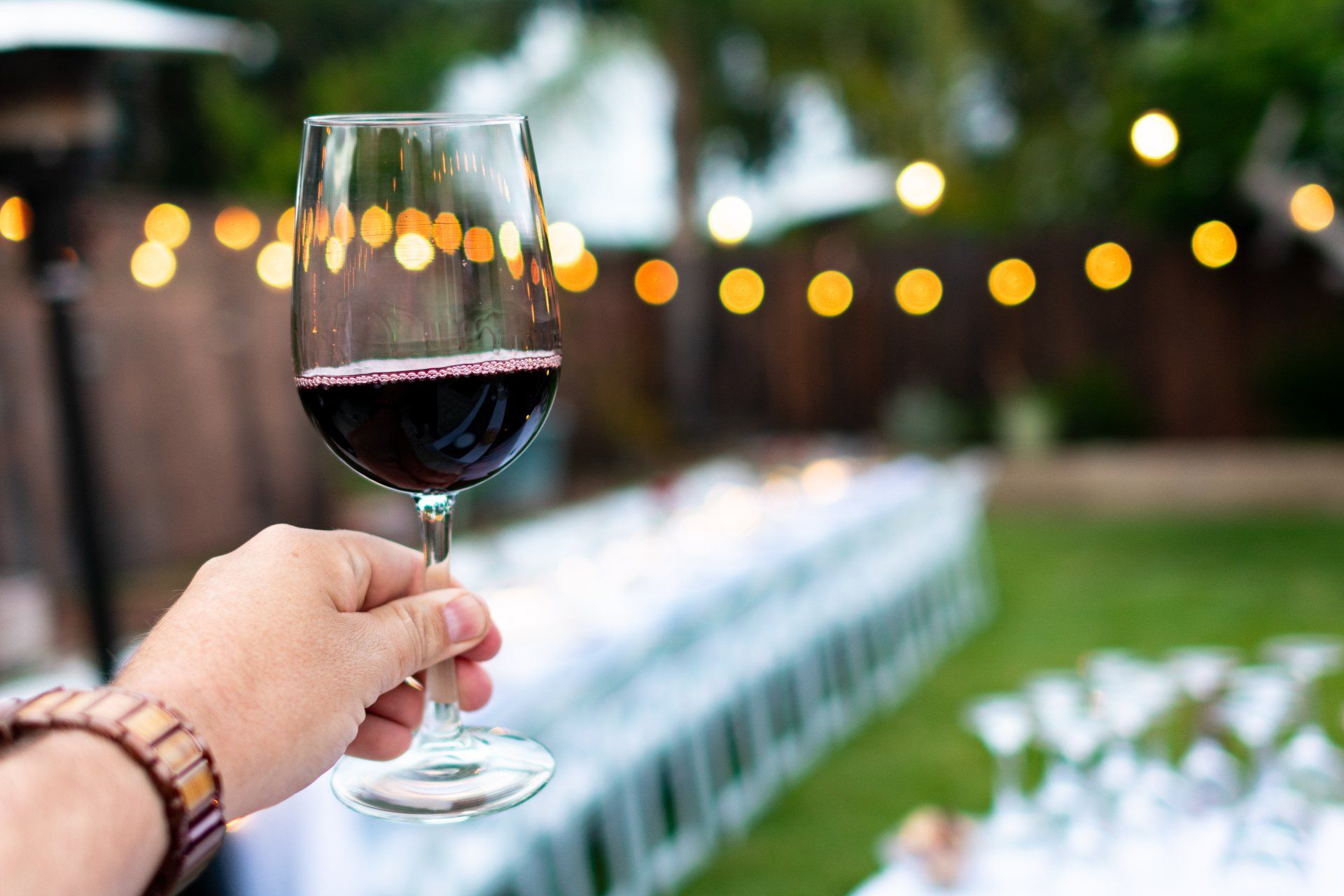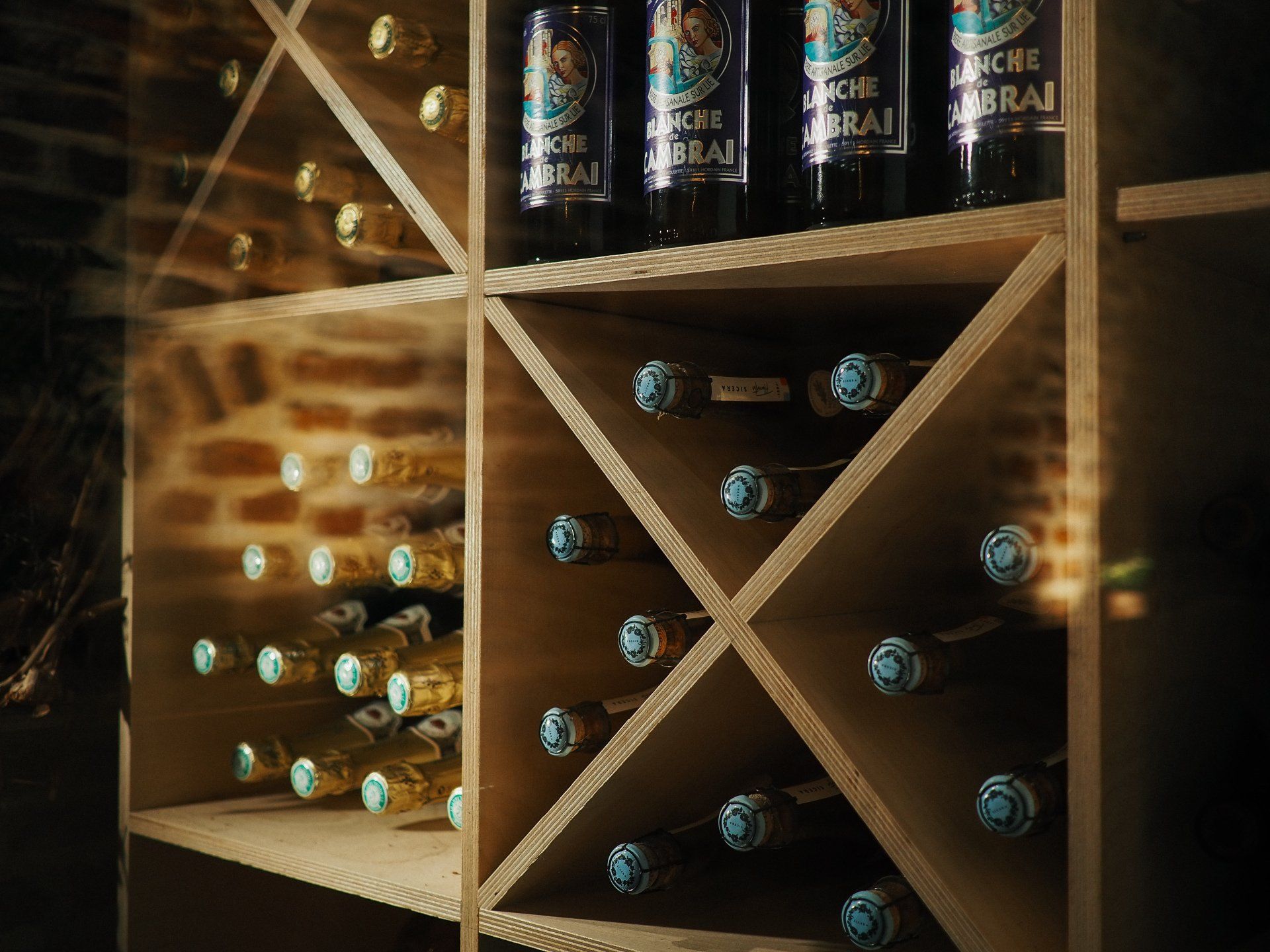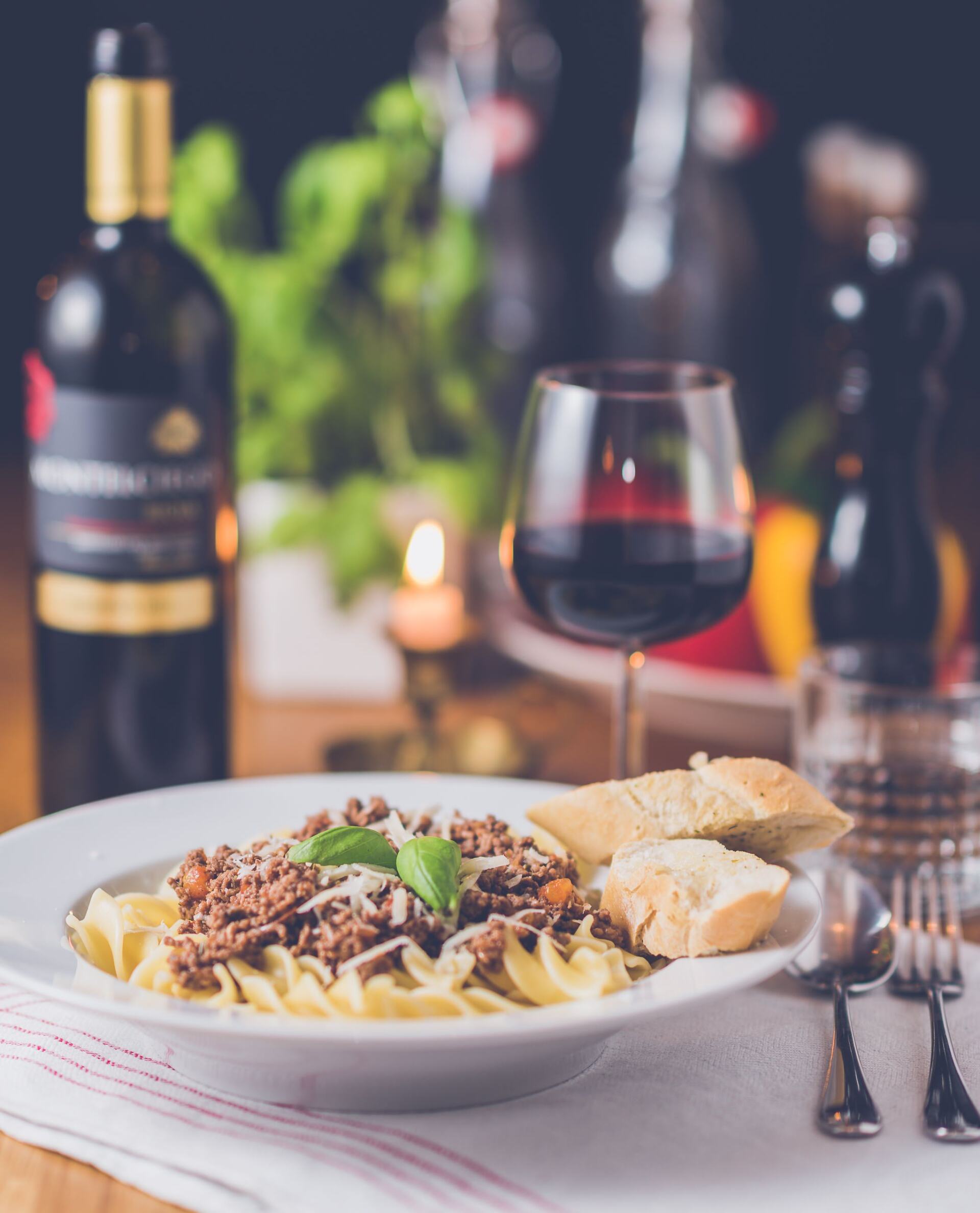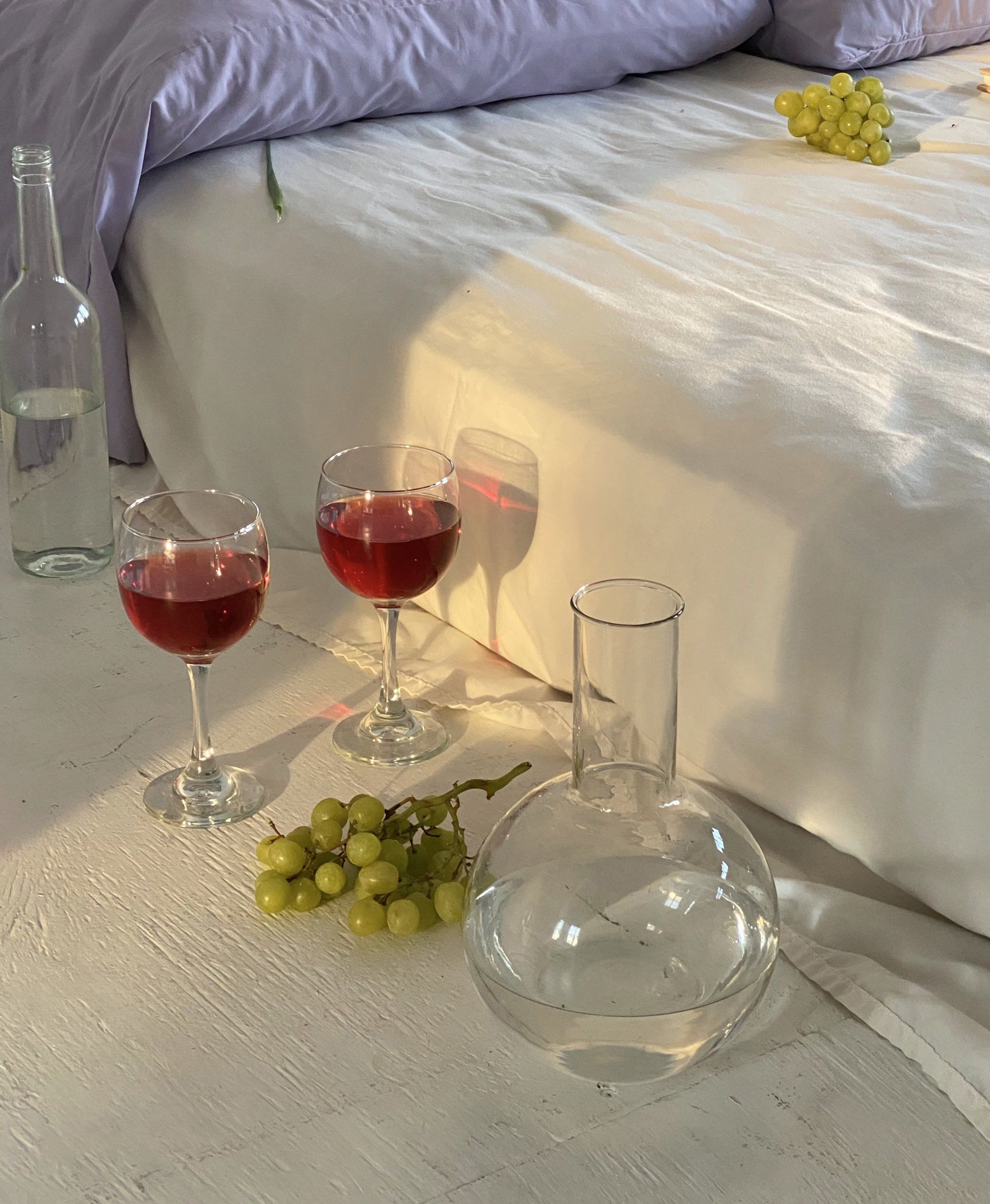Hosting a wine tasting at home may seem like an overwhelming task, reserved only for the most sophisticated connoisseurs. But fear not, for with a few simple techniques, you can transform your living room into an elegant tasting room and impress your friends with your sommelier skills. From selecting the perfect wine varieties to pairing them with delectable bites, this discussion will guide you through the art of hosting a wine tasting that will leave your guests craving for more. So, grab a glass, uncork that bottle, and let's embark on a journey of flavors and aromas that will tantalize your taste buds.
Selecting the Perfect Wine Varieties
When selecting the perfect wine varieties for your wine tasting event, it is crucial to consider the unique characteristics and qualities of each wine in order to create a diverse and enjoyable tasting experience. As a host, you have the opportunity to curate a selection of wines that will captivate your guests and leave a lasting impression. Start by understanding the different types of wines, such as red, white, rosé, and sparkling, and their respective flavor profiles. Red wines, with their bold and complex flavors, are often paired with hearty dishes and are enjoyed at room temperature. White wines, on the other hand, are typically lighter and crisper, making them a great choice for seafood or lighter fare. Rosé wines offer a delightful balance of fruitiness and acidity, perfect for sipping on a warm summer day. Lastly, sparkling wines, like Champagne or Prosecco, bring a touch of elegance and celebration to any occasion. Consider the preferences of your guests and the theme of your event when selecting your wine varieties. Additionally, think about the region or country of origin of the wines, as this can add an element of discovery and education to the tasting experience. By carefully selecting a range of wines with diverse characteristics, you can create a wine tasting event that delights the senses and leaves your guests wanting more.
Setting up the Wine Tasting Area
Preparing the Wines for Tasting
How can you ensure that the wines are prepared properly to enhance the tasting experience for your guests? It is essential to handle the wines with care and attention to detail, as this will greatly contribute to the overall enjoyment of the tasting. Firstly, make sure to store the wines in a cool, dark place, away from direct sunlight and excessive heat, to maintain their quality. Before the tasting, it is advisable to let the wines rest upright for a few hours to allow any sediment to settle at the bottom of the bottle. This will ensure that your guests can fully appreciate the clarity and flavors of the wines. When it is time to serve, gently remove the foil and uncork the bottles with a corkscrew, taking care not to disturb the sediment. Pour the wines into clean, clear glasses, filling them about one-third full to allow room for swirling and releasing the aromas. Remember to serve the wines in the correct order, starting with lighter-bodied wines before moving on to fuller-bodied ones, to allow your guests to fully appreciate the nuances of each wine. By following these steps, you will create a memorable tasting experience that showcases the true potential of the wines you have chosen.
Conducting the Wine Tasting Experience
To create an immersive and enlightening wine tasting experience, you must skillfully guide your guests through each carefully selected wine, unraveling its unique characteristics and inspiring a deeper appreciation for the art of winemaking. As the host, it is your duty to ensure that the tasting flows seamlessly, allowing your guests to savor and analyze each wine with precision and enjoyment. Here are three essential techniques to help you conduct a memorable wine tasting:
1. Set the Stage: Create an ambiance that enhances the sensory experience. Dim the lights, play soft music, and arrange the wines in a logical order, progressing from light to full-bodied. Use proper glassware to enhance the aromas and flavors, and provide water and palate-cleansing snacks like bread or unsalted crackers.
2. Engage the Senses: Encourage your guests to observe, smell, and taste each wine mindfully. Encourage discussions about the wine's appearance, aroma, and flavors. Teach them how to swirl the wine in the glass to release its aromas and to take small sips, allowing the flavors to dance on their tongues.
3. Provide Guidance: Share your knowledge about each wine, including its origin, grape varietal, and winemaking techniques. Explain how these factors contribute to the wine's characteristics. Encourage your guests to ask questions and share their thoughts, fostering a dynamic and educational atmosphere.
Pairing Food With the Wines
When pairing food with the wines, consider the complementary flavors and textures that will elevate the tasting experience. Choosing the right food to accompany each wine can enhance the flavors and create a harmonious balance on your palate. It is crucial to understand the characteristics of both the wine and the food to create a successful pairing.
Start by examining the wine's flavor profile. Is it a light-bodied white wine with crisp acidity and citrus notes? Or perhaps a bold, full-bodied red wine with rich tannins and dark fruit flavors? Once you have identified the wine's key attributes, you can select foods that will either complement or contrast with those flavors.
For complementary pairings, seek out foods that share similar flavors and textures with the wine. A fruity and aromatic white wine, like a Sauvignon Blanc, would pair well with a light salad dressed with citrus vinaigrette. The wine's bright acidity will echo the tanginess of the dressing, enhancing both the food and the wine.
On the other hand, contrasting pairings can also be delightful. A robust and spicy red wine, such as a Syrah or Shiraz, can be balanced by a rich, creamy dish like beef stroganoff. The wine's bold flavors will cut through the creaminess, resulting in a satisfying combination.
Remember to consider the intensity of the flavors in both the wine and the food. Lighter wines are best paired with delicate dishes, while full-bodied wines can handle more robust flavors. Additionally, take into account any dietary restrictions or preferences of your guests to ensure everyone can enjoy the pairing experience.
Frequently Asked Questions
